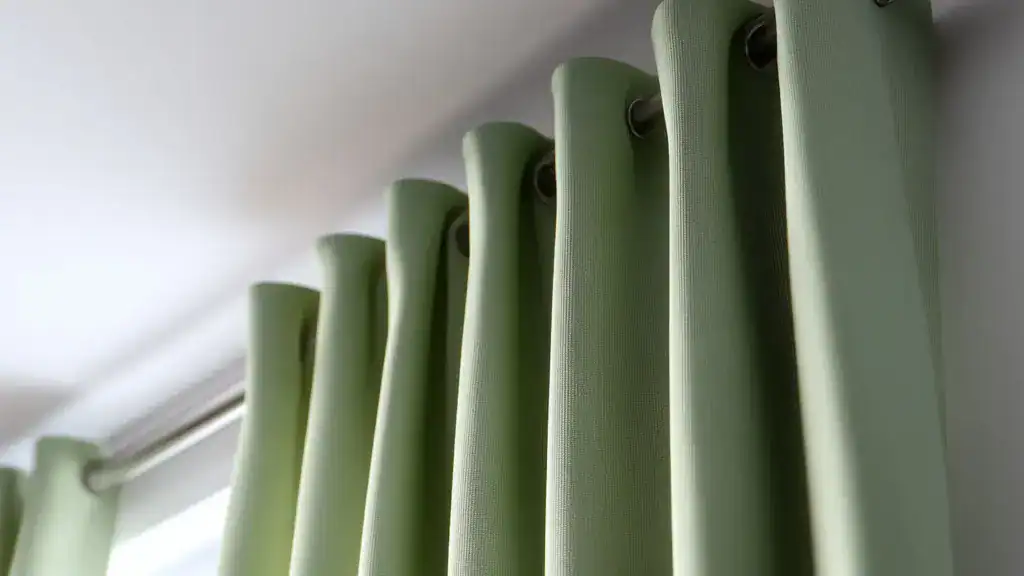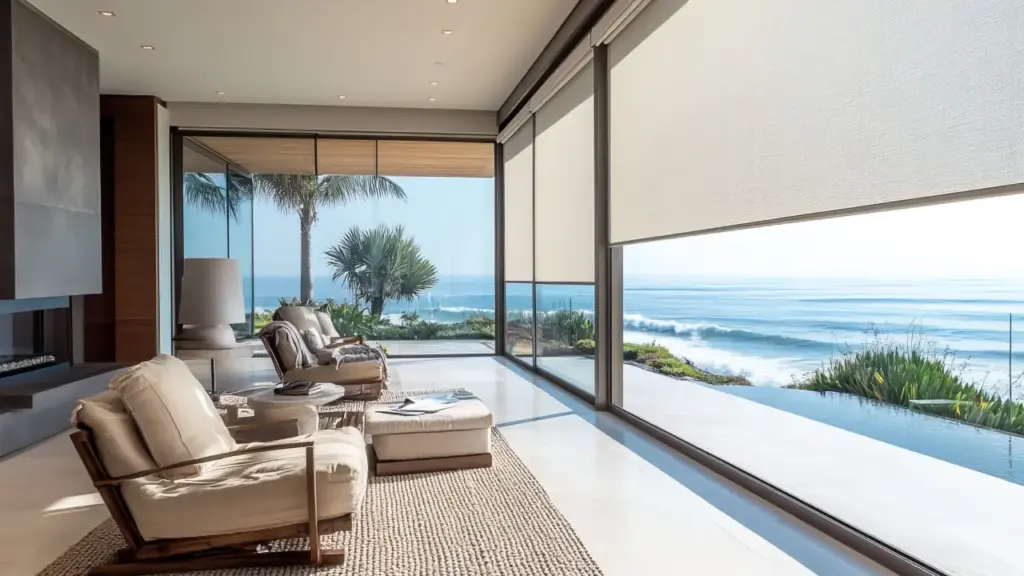Shades of the Past: Exploring 19th-Century American Awnings & Their 21st-Century Resurgence

Homer never mentioned awnings in The Odyssey.
Cicero never referred to them in his orations.
But we know from hieroglyphs, texts, and archeological evidence that awnings were commonplace in ancient times.
The Egyptians protected their crops and livestock with awnings. So did the Romans and the Greeks.
Pliny the Elder and Seneca recorded that velaria (large canvas awnings) shielded spectators in the Roman Colosseum and other public spaces.
Awnings in the New World
Awnings were also a prominent feature in the cities and towns of 19th-century America.
There was no conditioning or tinted glass. “Insulation” was little more than wadded newspaper stuffed into the walls. Victorian-era Americans, especially women, wore a lot more clothing.
One of the few ways to stay cool was to seek shade. If you couldn’t find it naturally, awnings provided it.
In the sweltering American summers, awnings were not just a luxury but a necessity. They shaded people from the glaring sun, making outdoor spaces more comfortable. Wealthy homeowners showcased their affluence and taste with elaborately decorated and fringed awnings.
Storefront awnings enticed customers from across the street to shop and linger. They created pleasant gathering places where the air circulated freely.
Today, we’re only beginning to rediscover what 19th-century Americans knew intuitively — that awnings are a practical and attractive addition to a home or business. Awnings are popping up in cities across America like mushrooms after a rain — over the windows of trendy coffee shops, the doors of gift shops, and on the most Pinterest-worthy homes.
Awnings keep UV rays at bay, promote vintage charm, and boost curb appeal in a way that no HVAC unit can.
Vintage 19th-Century Awning Styles
19th-century awnings were simple but beautiful — usually little more than fixed wood or wrought iron structures with canvas covers. Stripes, floral patterns, and decorative flourishes gave them a cheery look.
For businesses, awnings served as a canvas for advertising. Large letters and colorful graphics boldly proclaimed the establishment’s name and products.
Wrought iron frames often had scroll, spearhead, or fleur-de-lis embellishments. The French Quarter in New Orleans was famous for its distinctive wrought iron awnings and balconies that still charm tourists today.
19th-century styles included:
- Striped Awnings: Striped patterns in combinations like red and white, blue and white, or green and white were a hallmark of 19th-century awnings.
- Valance Awnings: These had a decorative flap or valance hanging from the front edge, often embellished with scalloped or ornate designs.
- Fringed Awnings: Some awnings featured fringe along the edges, which added a whimsical decorative element.
- Canvas Awnings with Painted Lettering: Commercial awnings displayed painted company names, logos, or other information.
- Dome Awnings: These made their debut in the late 19th century. They had a distinct rounded canopy, often with scalloped edges.
- Retractable Awnings: While not as common as fixed awnings, retractable awnings emerged in the late 19th century. They could be rolled up or folded back for storage.
19th-Century Awning Colors & Fabrics
Colors & Patterns
- Stripes: The most common patterns were red and white, blue and white, and green and white. Boldly striped awnings helped a business stand out.
- Solid Colors: These included black, green, blue, and various shades of brown. Solid colors were less popular than striped patterns and offered a more understated or classic look.
- Earth tones: Beige, tan, and brown colors helped an awing blend in with the building’s facade or surroundings.
- Decorative Patterns: Some awnings sported decorative patterns or designs, such as flowers, scrolls, and geometric shapes.
19th-Century Awning Fabrics
- Canvas: Canvas was durable, affordable, and easy to paint with advertising slogans or business names.
- Cotton Duck: Another favorite fabric was cotton duck, a heavy woven cotton material providing excellent protection from sun and rain.
- Linen: Linen was more expensive and luxurious-looking. It had natural anti-bacterial properties and resisted mildew.
- Wool: Wool awnings were common in colder climates. They provided excellent insulation and warmth during winter months. However, wool was pricier and prone to shrinkage.
Awnings in the 21st Century
Modern awnings have come a long way since their humble beginnings. With advancements in technology and materials, they now offer even more options for customization, durability, and style.
Some 21st-century trends include:
- Smart Awnings: With the rise of smart home technology, awnings can be equipped with sensors that automatically extend or retract the canopy based on weather conditions.
- Eco-Friendly Materials: Some awning fabrics are made with eco-friendly materials like recycled fibers or sustainable bamboo.
- Bold Colors and Patterns: While traditional stripes and solid colors remain in vogue, modern awnings come in bold prints and eye-catching patterns.
- Motorized Awnings: Many homeowners now opt for motorized awnings that they can control with a remote or smartphone app.
No matter the style, color, or fabric choice, one thing is sure: awnings have stood the test of time. So next time you see a classic striped awning on a quaint coffee shop or trendy boutique, remember that its roots date back centuries and appreciate the timeless charm it adds to the building.
Custom Awnings from Aero Shade
Are you ready to discover the amazing practical and aesthetic benefits of customized awnings? Call Aero Shade Custom Window Coverings for a free consultation. We’ll come to your home or business, or if you like, you can stop by our Los Angeles showroom to see, touch, and experience our working models. You’ll be pleased you did!
FAQs: More about 19th-Century Awnings
Q. What were awnings made of in the 19th century?
They were typically made of materials like canvas, cotton duck, and occasionally linen or wool.
Q. Why were awnings so common in the 19th century?
They offered practical benefits like shade, rain protection, and a means of advertising for businesses.
Q. How were 19th-century awnings supported?
They had wooden or wrought iron frames, often fixed to the building’s facade.
Q: Were awnings used for residential purposes in the 19th century?
Homeowners used them for shade and protection, especially in hot climates.
Q: When did retractable awnings start to appear?
Retractable awnings emerged in the late 19th and early 20th centuries, offering a more flexible design.
Q: How were awnings cleaned and maintained in the 19th century?
Awnings were cleaned by scrubbing with a mixture of water and mild soap and maintained by painting or resewing damaged areas.
Q: Did 19th-century cities have regulations or guidelines for installing awnings?
Some cities and towns had regulations for awning installation to ensure they were safe and didn’t obstruct walkways or streets.
Q: Were awnings used in all regions of 19th-century America, or were they more common in certain areas?
Awnings were more prevalent in hot and sunny regions. But they spread to all areas of the USA and its territories, especially in urban settings.


